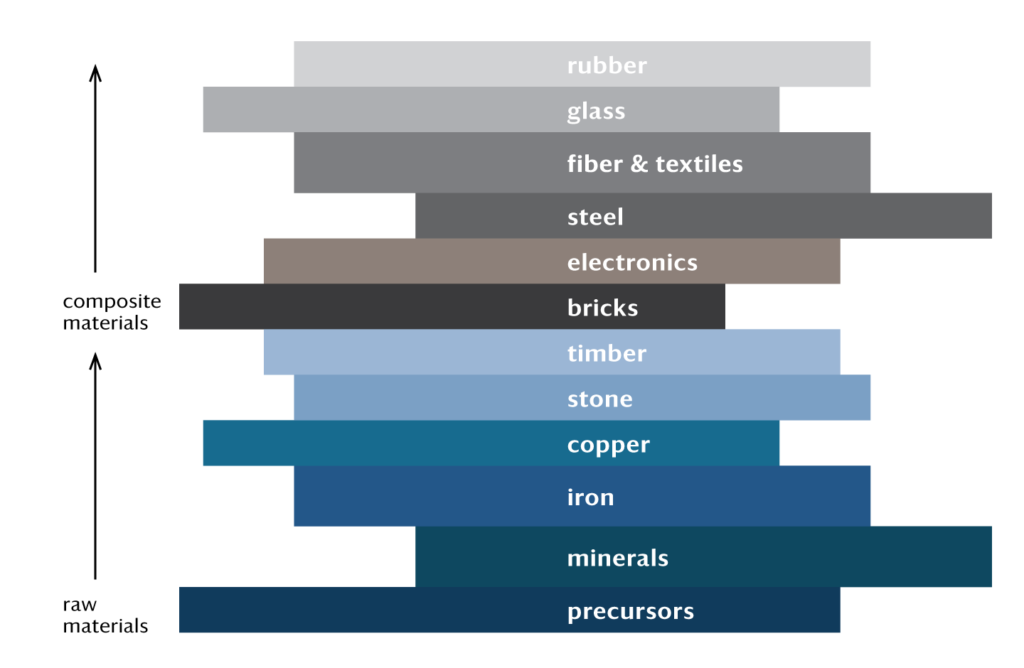Materials Inspection

Throughout history, much of the activity on a job site and the logistics of a project required an intentionality around inputs — many of which would be made on the site itself. In contrast, in today’s globalized world, the modern construction process is predicated on materials and components arriving on the site complete, available, and standardized. Other than knowing their local suppliers, contractors might not have any insight into how or where inputs originated, or under what conditions. Instead contractors are mainly concerned that the materials or components arrive on time within the construction schedule. But now that shipments from overseas are being scrutinized for forced and child labor, “on-time” and “to spec” aren’t the only things that have to be taken into account. Even the most perfectly designed and built-to-standards components are useless if they are in a seized shipping container at a port of entry.
Architecture and construction are risky businesses if you consider how many common building materials are produced through labor exploitation. While few items are exempt from the chance of any exploitation in their supply chain, a number of inputs are consistently raising red flags in the fight against modern slavery. These ubiquitous global materials listed above are the top 12 building materials at risk of being made with forced and child labor under the most horrific and dangerous conditions. With awareness, we can initialize change that can lead to the elimination of such pernicious practices.
| Tools to Identify Hotspots At Risk |
| 1. ILAB Sweat and Toil App |
| 2. Verité Forced Labor Commodity Atlas |
| 3. FRDM |
| 4. Thomson Reuters’ ONESOURCE Supply Chain Compliance tool |
| 5. Trafficking in Persons Report |